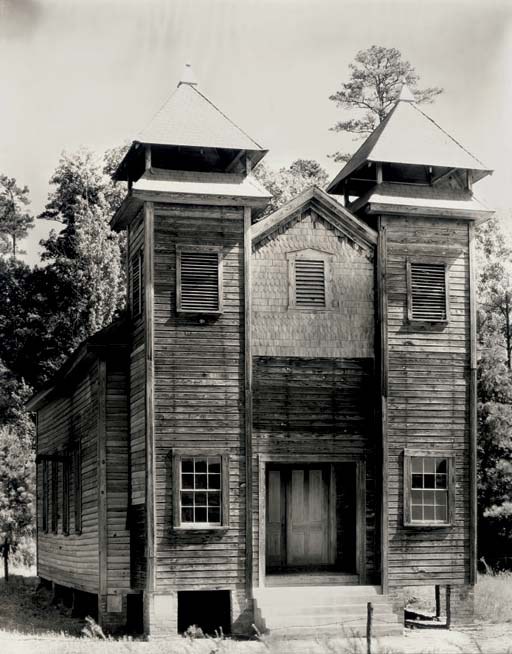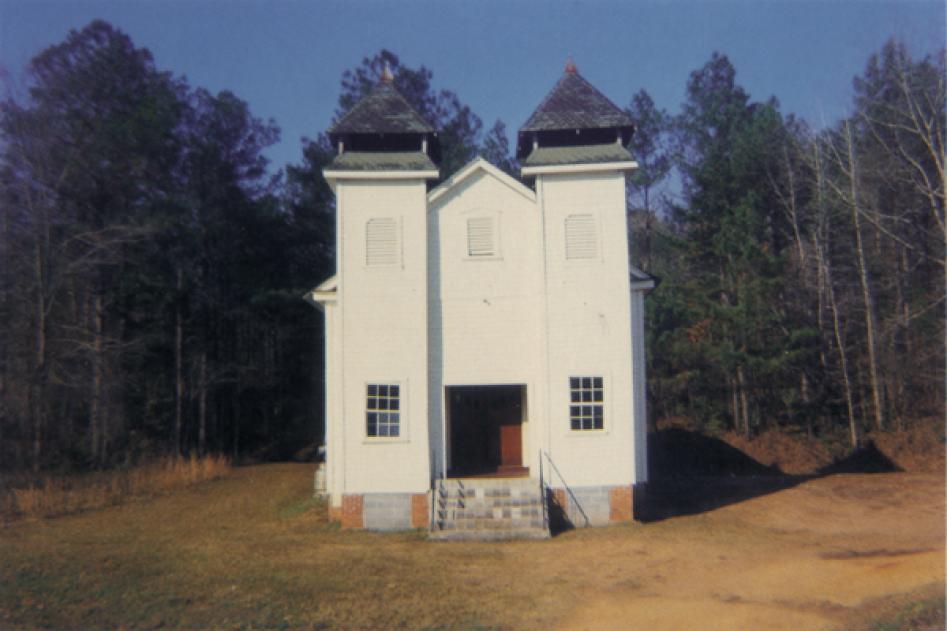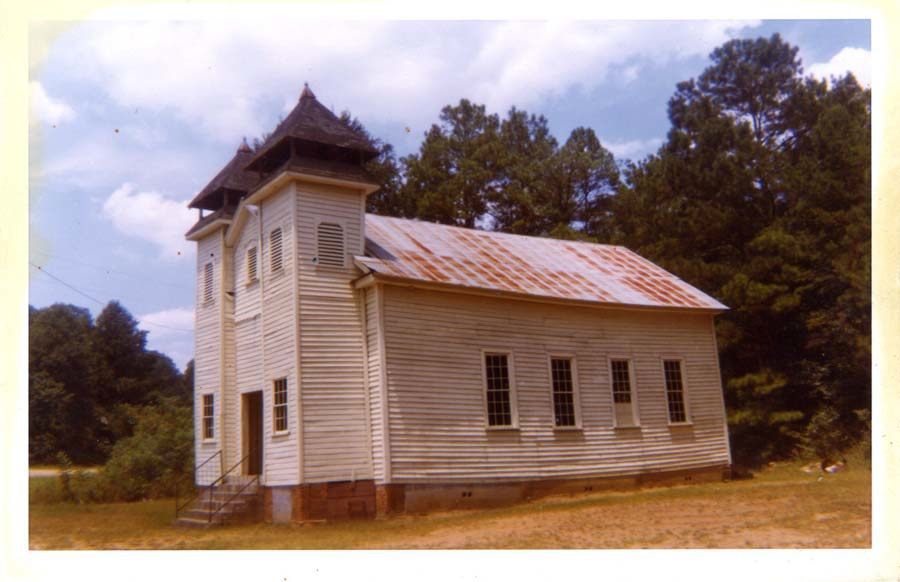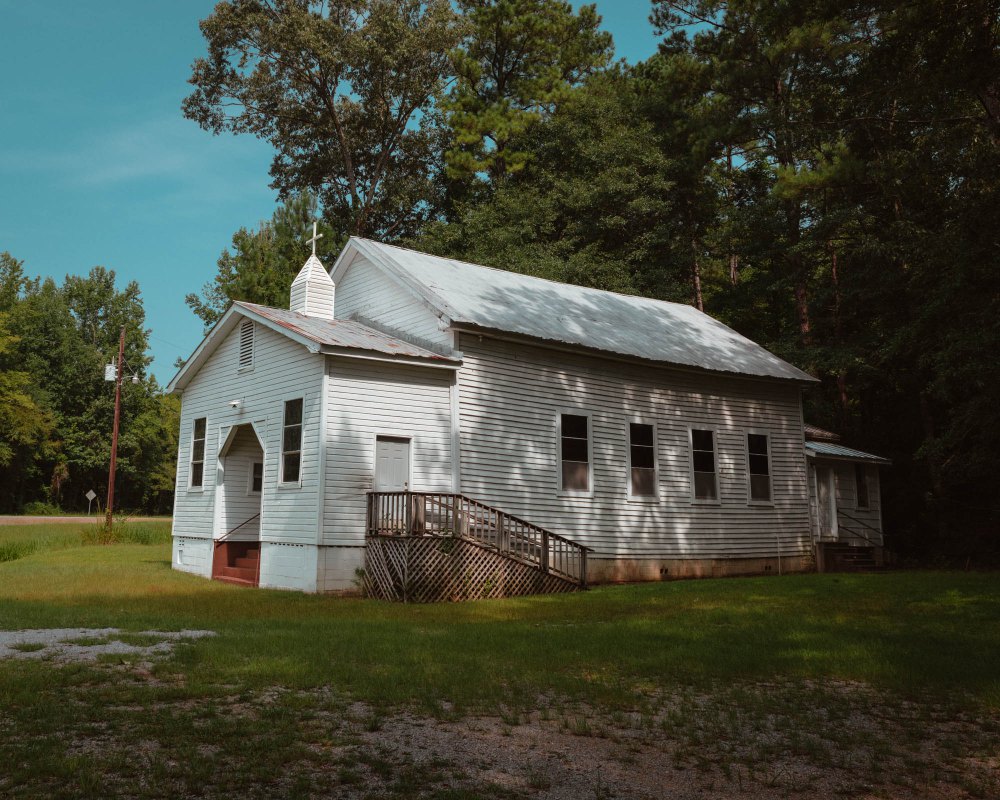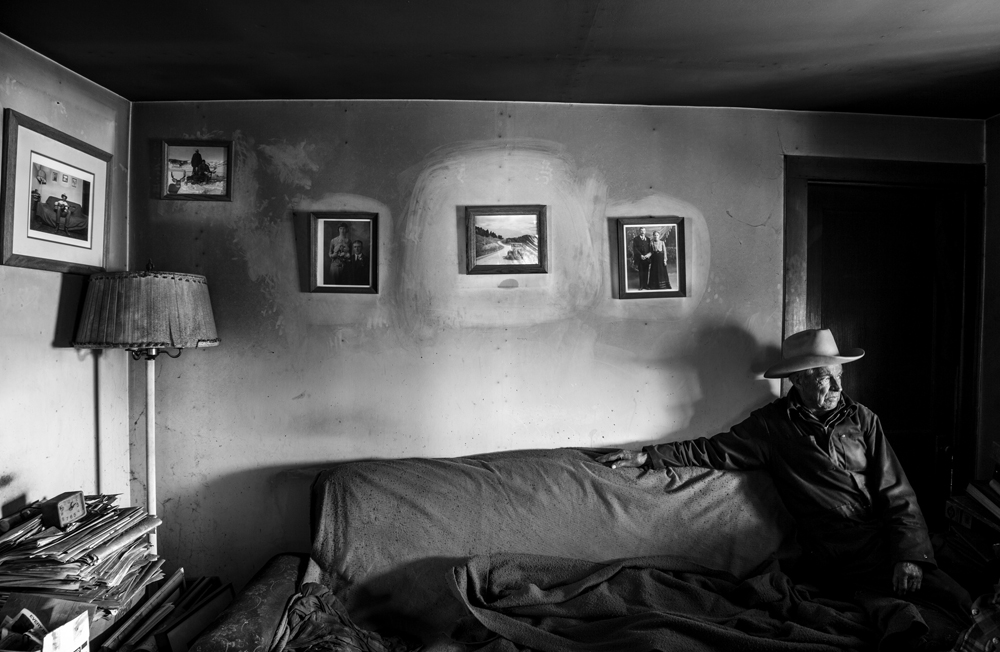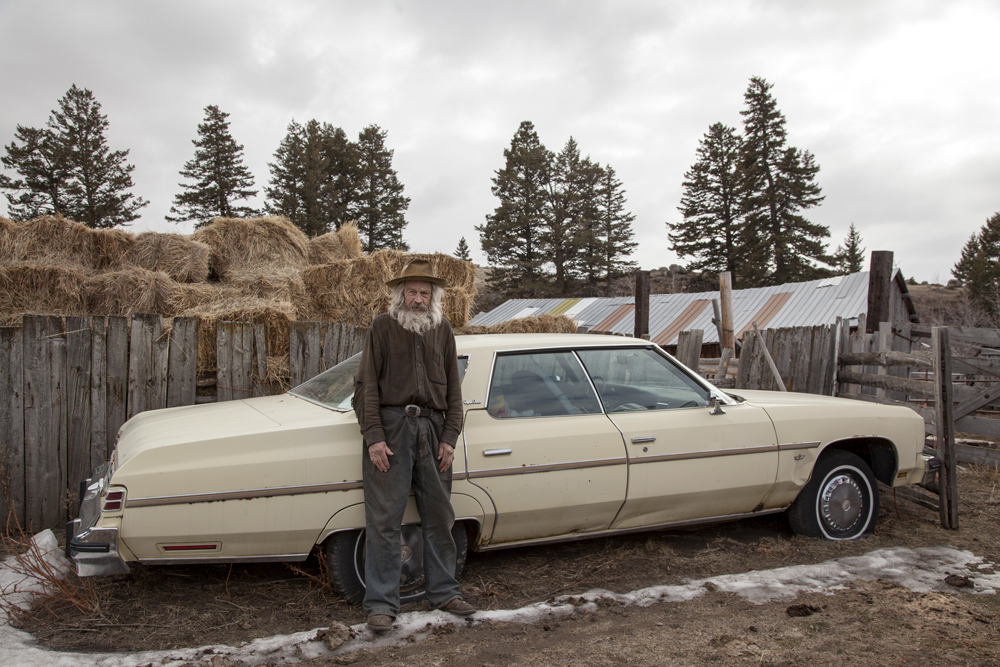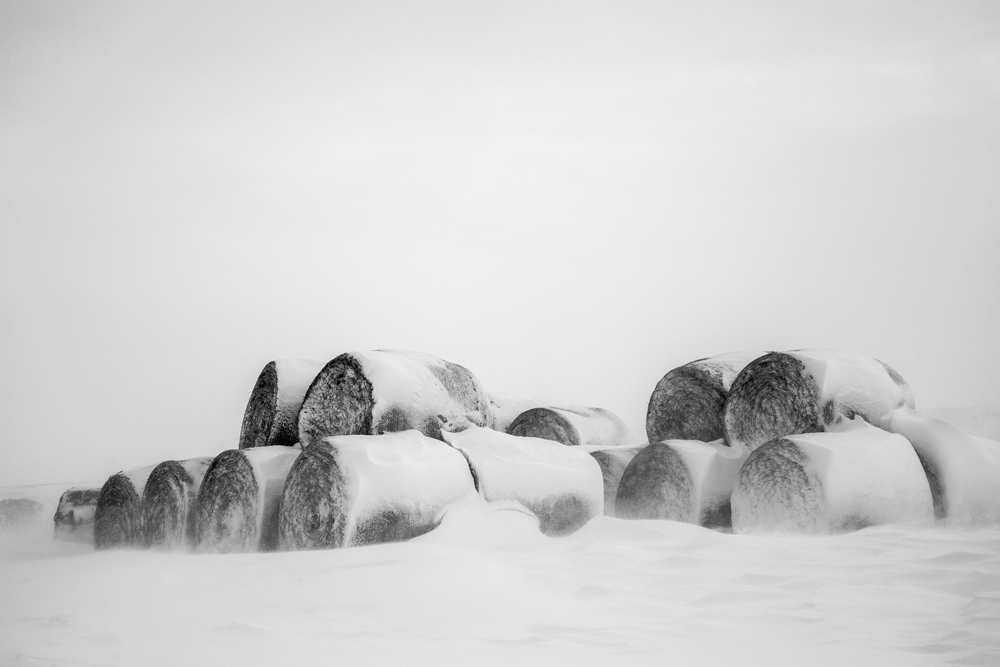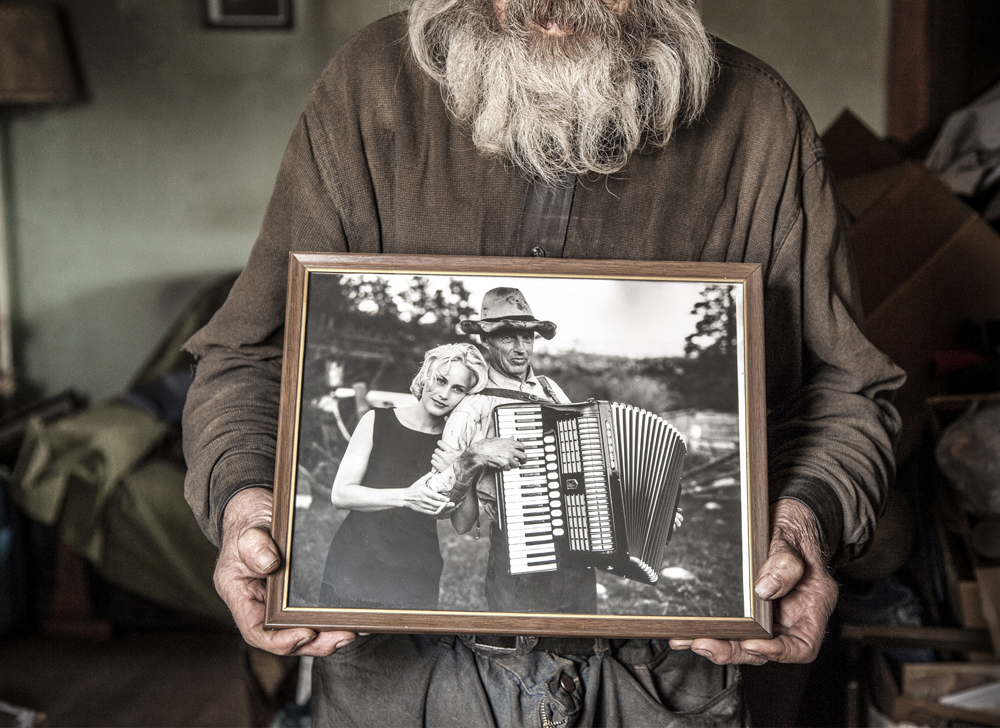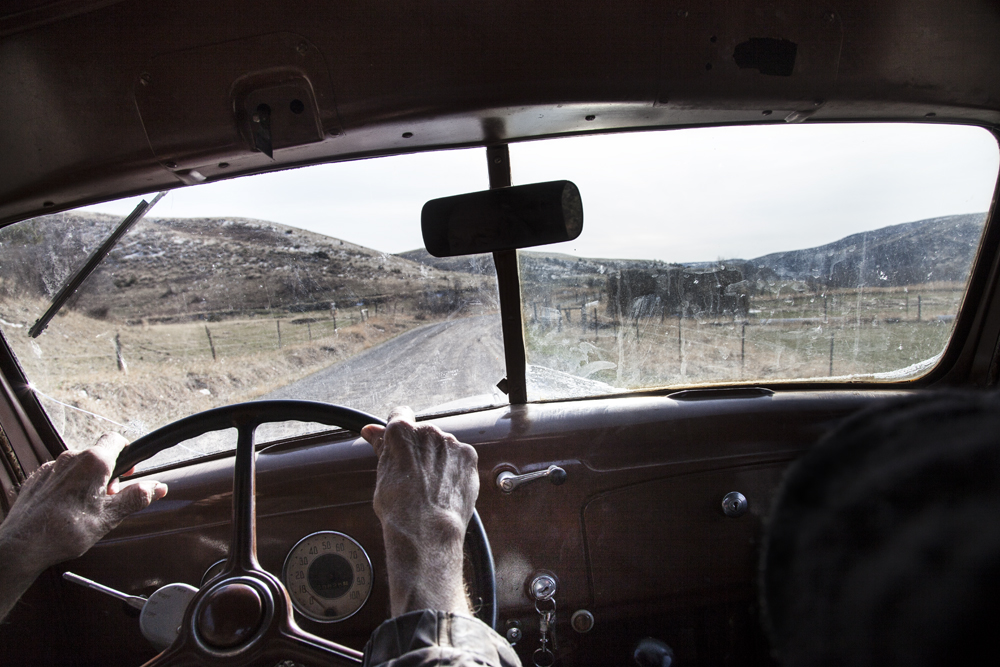This week, Faculty Sarah Barsness reports from AAU Fall 2015 Teaching Expo, where she presented "Naming and Seeing: The Relationship Between Language, Color, and Birds." Below is an excerpt.
Over the last 20 years or more, I have taught color theory to a range of students – from floral designers and printmakers to photographers. Virtually every beginning student is excited by color, but very few of them readily grasp the basics of color theory. I often look out at a sea of blank and puzzled faces, thinking, “Don’t you SEE the differences in these colors?” It is highly possible they DON’T! This is not to say that they can’t see the nuances of color, but they may need the boost of language and naming to expand their ready perception of color.
Color names enter into virtually all languages in the same order – black, white, red, yellow, green, and finally, blue. Interestingly, this corresponds closely with the order they enter into our vision as we move from infancy to adulthood – blue again being almost invariably last. In language, it may be that until we need to use a color to identify an object that we use, we do not need a word for it. Words are, after all, a way of being able to talk with each other about common ideas. And while this sky is, to us, clearly blue, the color of the sky might not have been essential for the survival of early people. And physiologically, our vision is skewed towards warm colors – red and yellow – the first colors babies see. Blue is more subtle and less obvious to our brain - we have to work harder to see it.
For early societies, it was certainly not that the sky was NOT blue, but more likely that people did not notice that it had a color that distinguished it from other objects. Until we attach names to specific colors – most likely when objects of that color become part of our daily activities – they do not stand out to us. Conversely, the color of the sky is not always blue, or the SAME blue, so language can restrict as well as open up our field of vision!
The Radiolab podcast “Why Isn’t the Sky Blue?” references color research involving the Himba tribe of Namibia. It implies that the Himba (who have no word for blue) cannot distinguish blue from green. This is not true – but it is true that it takes them longer to distinguish the difference than subjects whose native language was English.
On the other hand, the Himba are able to distinguish a subtly different green MORE quickly than native English speakers - most likely because they have multiple names for different greens.
Recently, I became aware of how this aspect of perception feels. I began bird-watching – what we prefer to call “birding.” On one of my earliest outings, my birding mentor said to me, “I have been looking at birds my whole life, but I never SAW them until I became a birder.” I understood exactly what she meant soon after, when I went out to my yard and saw a group of amazing birds with stunning, golden-orange heads.
I raced into the house to check my field guide, sure that this was some unusual vagrant. I quickly realized it was a House Finch. Seriously? This spectacular, surreal bird was a common House Finch that I could have seen any day of my life? How had I missed it? The answer may be in the act of naming and identifying – it brings details into our vision that we may have failed to see before.


